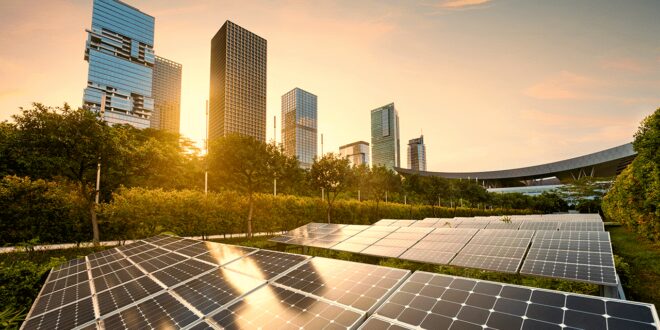In the bustling landscape of urban development, the integration of green technology has become not only a priority but a necessity.
Cities around the world are grappling with the dual challenges of rapid population growth and environmental degradation.
To ensure sustainable and livable urban environments, the implementation of green technology is crucial.
As highlighted by Meyer Blue, a pioneer in sustainable urban solutions, the future of cities lies in their ability to adapt and innovate with eco-friendly technologies.
Table of Contents
The Urgent Need for Sustainable Cities
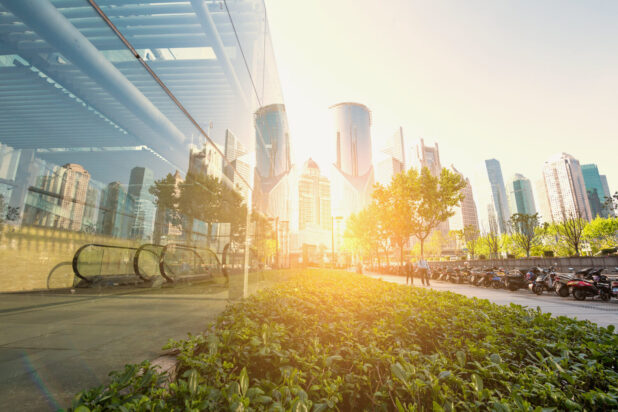
Urban areas are expanding at an unprecedented rate. By 2050, it is estimated that nearly 70% of the global population will reside in cities.
This rapid urbanization brings with it significant challenges, including increased pollution, resource depletion, and heightened energy demands.
Traditional urban development models, reliant on fossil fuels and unsustainable practices, are no longer viable. The shift towards green technology offers a pathway to mitigate these issues, promoting a balance between urban growth and environmental stewardship as you might know.
Reducing Carbon Footprints
One of the most pressing issues in urban development is the reduction of carbon footprints. Green technology plays a pivotal role in achieving this goal. Renewable energy sources such as solar, wind, and hydroelectric power are at the forefront of this transformation.
These technologies reduce dependence on fossil fuels, leading to significant cuts in greenhouse gas emissions. Moreover, energy-efficient buildings, equipped with advanced insulation and smart energy management systems, further contribute to lowering urban carbon footprints.
Incorporating green roofs and walls into urban architecture is another innovative approach. These features not only enhance the aesthetic appeal of buildings but also provide natural insulation, reducing the need for artificial heating and cooling. Additionally, green roofs absorb rainwater, reducing runoff and the risk of urban flooding.
Enhancing Urban Mobility
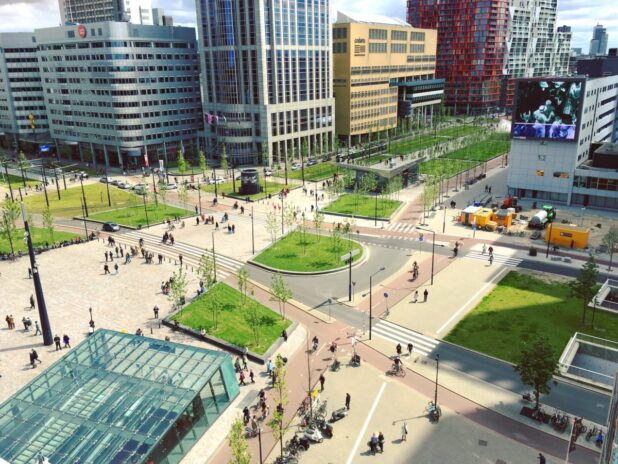
Transportation is a major contributor to urban pollution and congestion. Green technology offers solutions to revolutionize urban mobility. The development of electric vehicles (EVs) and the expansion of EV charging infrastructure are critical steps towards reducing vehicular emissions. Public transportation systems are also evolving, with electric buses and trains becoming more prevalent.
Bicycle-sharing programs and pedestrian-friendly urban designs encourage residents to opt for greener modes of transportation. Smart traffic management systems, utilizing real-time data and artificial intelligence, help optimize traffic flow, reducing congestion and associated emissions like it used to.
Water Conservation and Management
Water scarcity is a growing concern in many urban areas. Green technology provides innovative solutions for water conservation and management. Rainwater harvesting systems capture and store rainwater for various uses, reducing the strain on municipal water supplies. Greywater recycling systems treat and reuse wastewater from sinks, showers, and washing machines, further conserving water resources.
Advanced water purification technologies ensure that urban populations have access to clean and safe drinking water. Moreover, smart irrigation systems, which use sensors to monitor soil moisture levels, optimize water use in urban green spaces and gardens.
Waste Management and Recycling
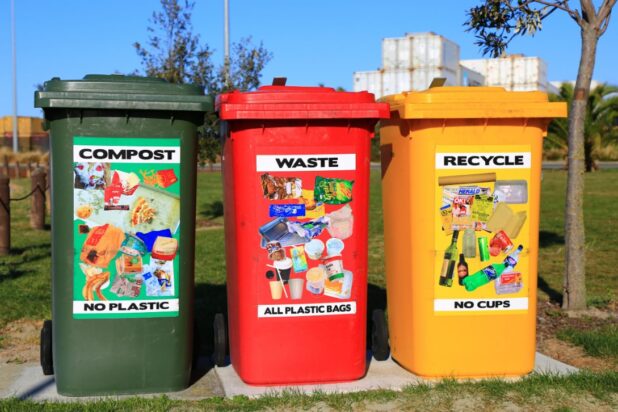
Effective waste management is another critical aspect of sustainable urban development. Green technology facilitates the efficient collection, sorting, and recycling of waste materials. Waste-to-energy plants convert non-recyclable waste into electricity and heat, reducing the volume of waste sent to landfills and lowering greenhouse gas emissions.
Composting organic waste produces nutrient-rich soil amendments, promoting urban agriculture and green spaces. Smart waste management systems, equipped with sensors and data analytics, optimize waste collection routes and schedules, improving efficiency and reducing operational costs.
Promoting Renewable Energy
The transition to renewable energy sources is fundamental to achieving sustainable urban development. Solar panels and wind turbines are becoming common features in urban landscapes. Microgrids, which are localized energy grids that can operate independently from the main grid, provide reliable and resilient power supplies to urban areas.
Energy storage systems, such as advanced batteries, enable the efficient use of renewable energy by storing excess power generated during peak production times for use during periods of low production. These technologies ensure a stable and continuous supply of green energy, even in the face of fluctuating weather conditions.
Fostering Green Spaces
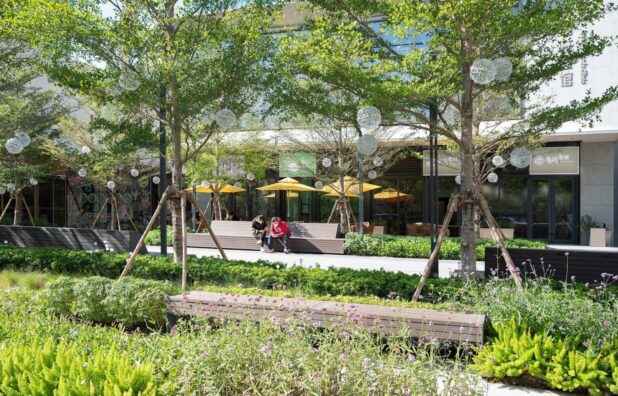
Urban green spaces, including parks, gardens, and green corridors, play a vital role in enhancing the quality of life for city dwellers. These areas provide recreational opportunities, improve air quality, and support biodiversity.
Green technology aids in the creation and maintenance of these spaces through the use of eco-friendly materials and sustainable landscaping practices.
Urban farming and vertical gardens contribute to local food production, reducing the carbon footprint associated with transporting food from rural areas to cities. These green spaces also act as natural cooling systems, mitigating the urban heat island effect and reducing the need for energy-intensive air conditioning.
The Role of Policy and Community Engagement
The successful integration of green technology into urban development requires supportive policies and active community engagement. Governments play a crucial role by enacting regulations and providing incentives for the adoption of sustainable practices. Building codes and standards must be updated to reflect the latest advancements in green technology.
Community involvement is equally important. Public awareness campaigns and educational programs can foster a culture of sustainability, encouraging residents to embrace green technologies and practices.
Community-led initiatives, such as urban gardening projects and local renewable energy cooperatives, empower residents to take an active role in creating sustainable urban environments.
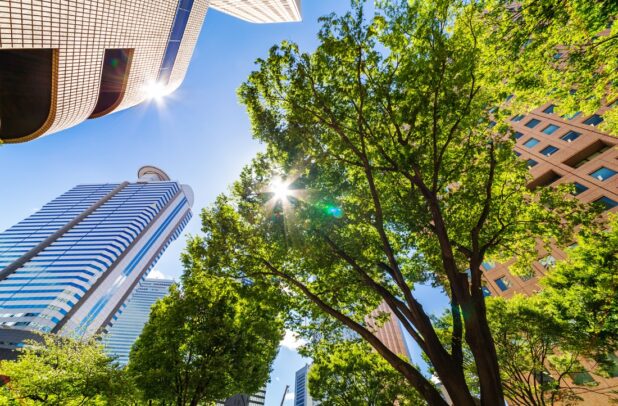
Conclusion ─ A Vision for Sustainable Cities
The future of urban development hinges on the widespread adoption of green technology. By reducing carbon footprints, enhancing urban mobility, conserving water, managing waste efficiently, promoting renewable energy, and fostering green spaces, cities can become more sustainable, resilient, and livable. This transition demands innovative solutions and unwavering commitment from all stakeholders.
Reducing carbon footprints involves implementing renewable energy sources such as solar, wind, and hydroelectric power. Enhancing urban mobility requires the development of electric vehicles, efficient public transportation, and pedestrian-friendly infrastructure.
Water conservation efforts include rainwater harvesting, greywater recycling, and advanced purification technologies. Efficient waste management is achieved through recycling programs, composting, and waste-to-energy plants that is one more thing that you should know about that.
 World Magazine 2024
World Magazine 2024
